How to get rid of bamboo: tips for clearing invasive varieties of this plant
If you need to know how to get rid of bamboo in your garden, we can help
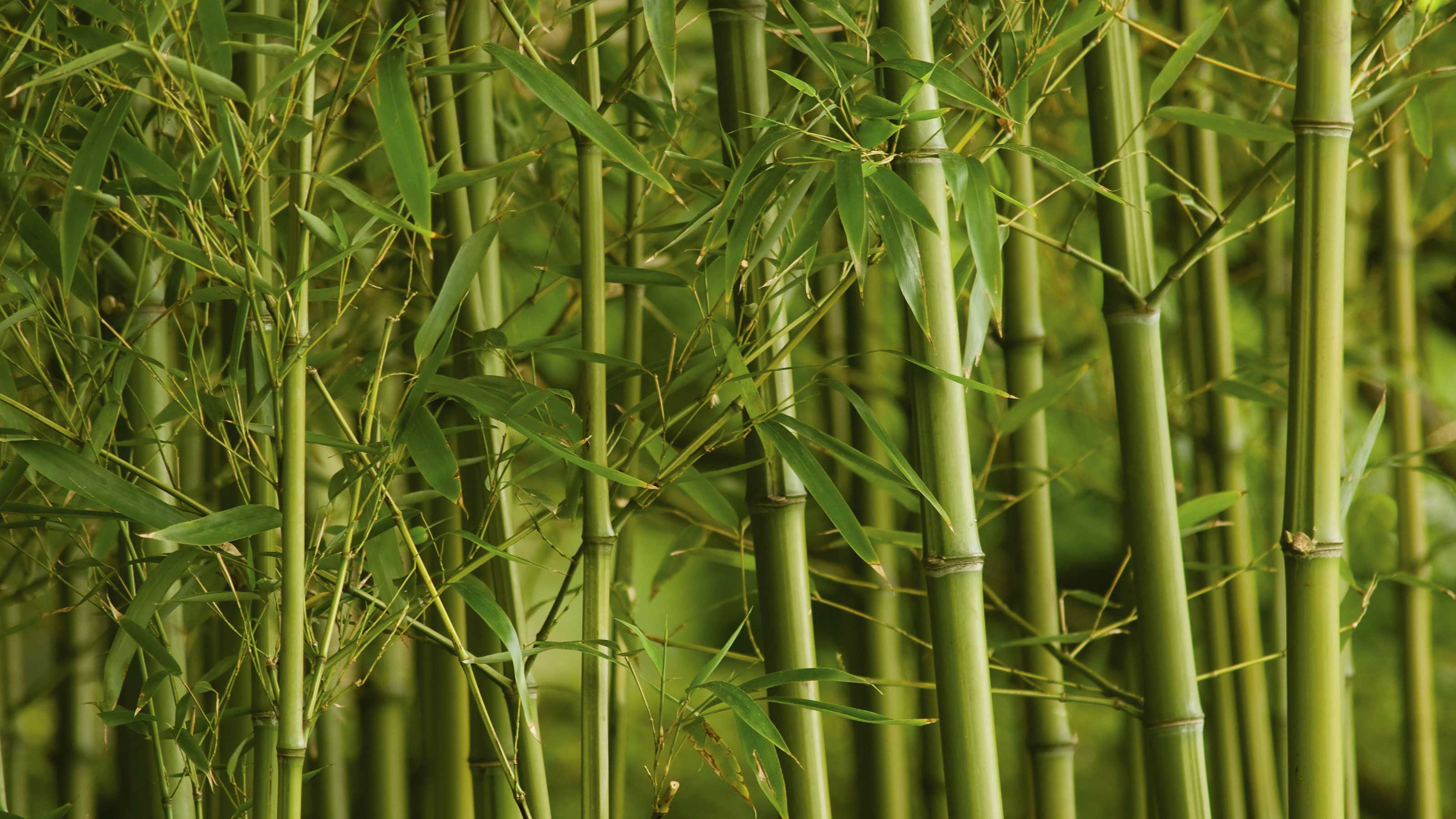

There are a few approaches when it comes to how to get rid of bamboo. So, if you've recently acquired a new plot that's covered in the stuff, or accidentally planted an invasive variety that's now got out of hand, don't panic – it can be cleared.
The ornamental plant isn't all bad. In fact, we've also written a dedicated guide on how to grow bamboo. It can be a beautiful feature for screening areas of your plot, growing in containers, and adding tall and leafy interest, after all. However, some types can be a real nuisance and will quickly take over your entire garden if given half the chance.
5 methods for how to get rid of bamboo in your garden
When bamboo becomes invasive, the shoots can pop up anywhere from the long, underground rhizomes. Not only can this be annoying for you, it can also be troublesome for your neighbors if it gets outside your plot's perimeter.
So, if you need to get your bamboo back under control, or just eliminate it completely, these methods will help. And if you're looking for ways to deal with Japanese knotweed too – a similarly invasive species – you'll find plenty of info in our guide.
1. Dig it up
If you're up for the challenge, you can tackle how to get rid of bamboo roots and the plant itself by using good old-fashioned elbow grease and a few trusty tools, including your best garden spade.
Samantha Jones, a gardening expert at MyJobQuote.co.uk, recommends watering the area where the bamboo is growing before you begin. The moist soil will make it easier to dig.
Gardener Ben Hamilton Anderson of @northlodgecottagegarden says, 'We have found the easiest way of dealing with it is by using a small border spade to dig a trench in front of it and either side.
'Using an iron digging bar, slowly break up the clump making sure all of the rhizomes and spreading stems are removed to ensure it doesn't continue to grow,' he says. Bear in mind that any nodules left behind will create new plants which can run up to around 50ft (15m) from the original crown, so it's important to be really vigilant.
'If the bamboo is really tough, you can use flat back saws to cut the crowns into more removable chunks,' he adds.
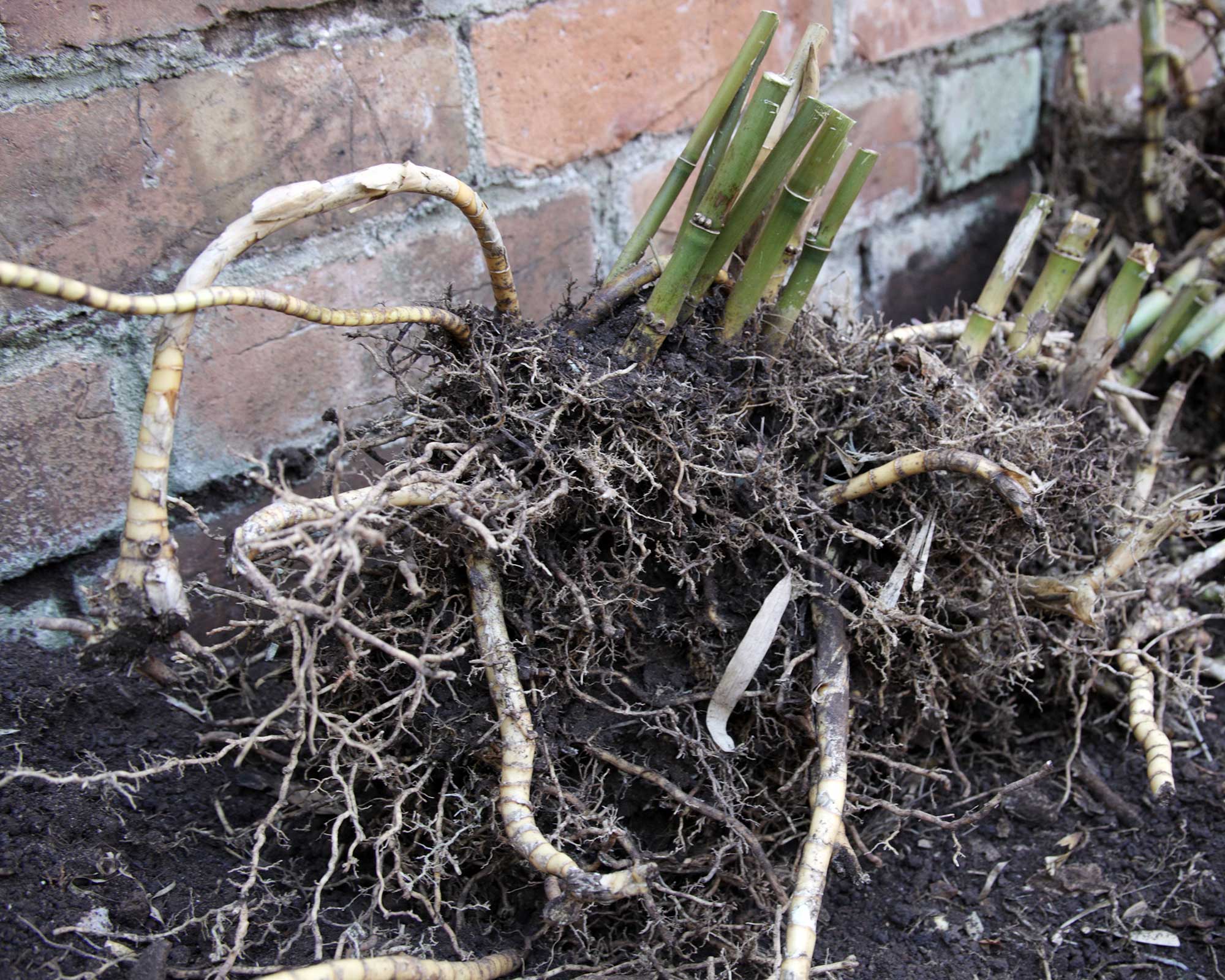
Make sure you clear all of the rhizomes when digging up bamboo
2. Keep cutting it back
With the help of your best lawn mower, you can simply cut younger shoots down, while larger shoots can be sawn back as close to ground level as possible. It can be quite time-consuming, but with a bit of consistency, it can help you clear the plant once and for all.
Water the ground each time you've finished cutting the plant back, then repeat the process whenever you spot new shoots. Eventually, the plant will die and the rhizomes will rot.
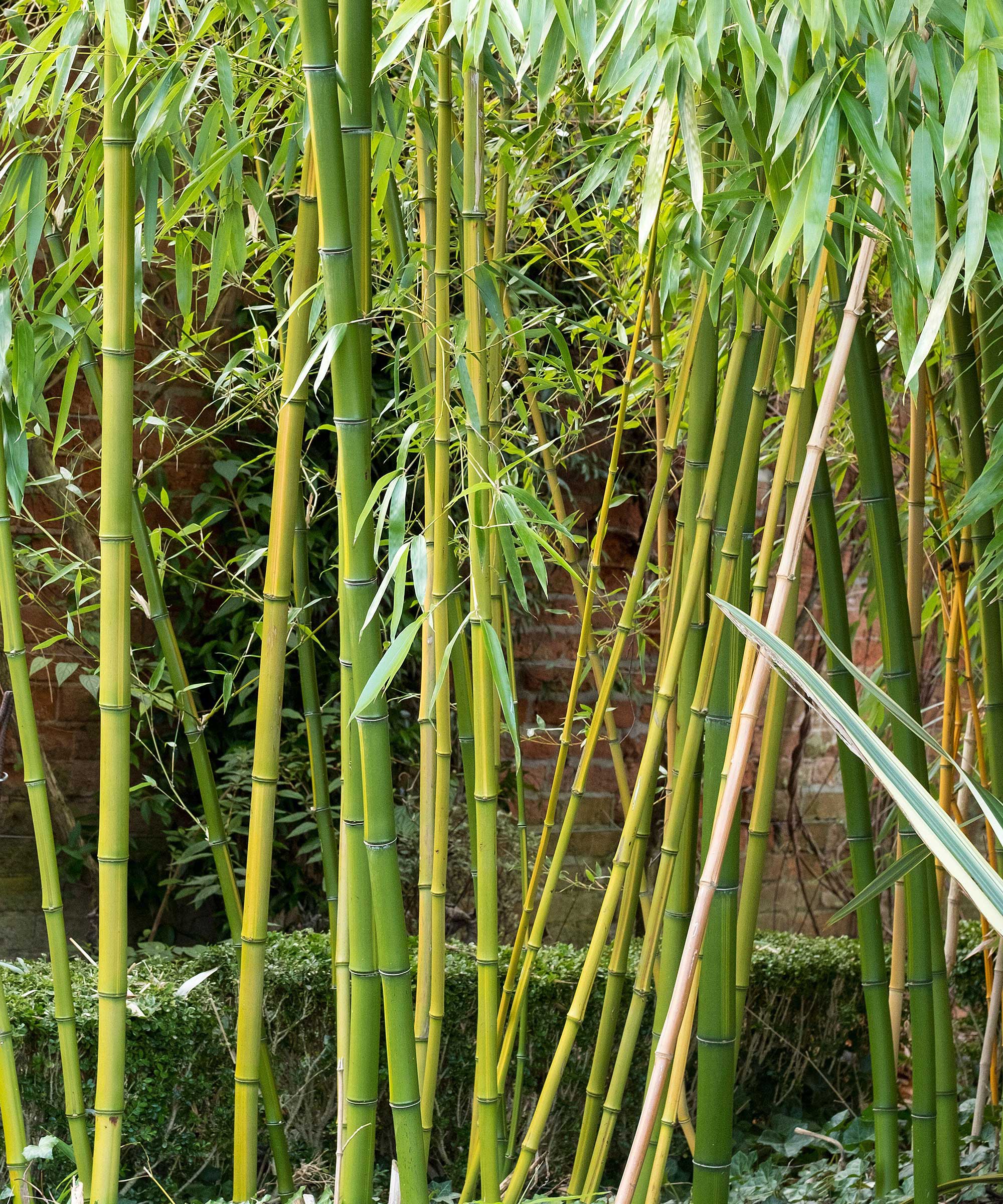
Bamboo can easily get out of hand without proper measures
3. Pour on boiling water
Boiling water can be useful if you need to get rid of weeds, and some say it can help eradicate bamboo, too. Plus, it's more eco and budget-friendly than opting for commercial herbicides.
All you need to do is dig around the plants, exposing the roots. Then, carefully pour the boiling water directly onto the root system. Repeat the process whenever you spot new growth.
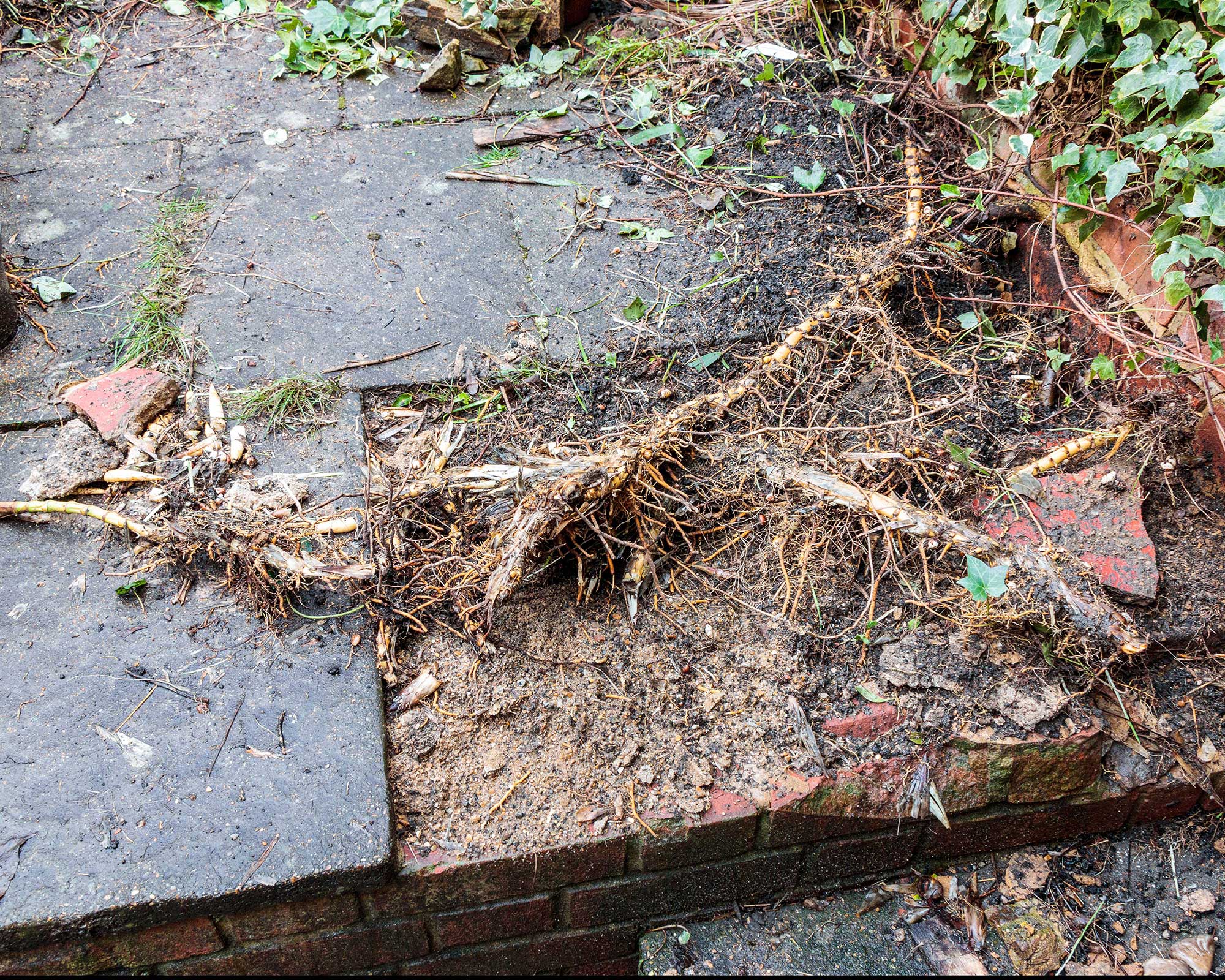
The roots of this invasive bamboo have broken through a paved patio
4. Use vinegar and plastic sheets
This tip comes from the experts at YouGarden. Start by physically digging up the offending clumps, the team says, making sure you remove as many of the roots as possible.
Then, 'douse the area in white vinegar and put down plastic to starve the area of light, moisture, and room to grow. Hold the plastic down tightly with bricks, lifting weekly to remove any shoots that may have appeared.' Dark tarpaulins should do the trick.
It's a good option if you're keen on wildlife garden ideas as it won't do visiting creatures any harm. However, be careful not to get vinegar on nearby plants that you want to keep as it will damage those, too. Alternatively, just try covering the area with plastic without the addition of vinegar – it can still be an effective approach for smothering the plants.
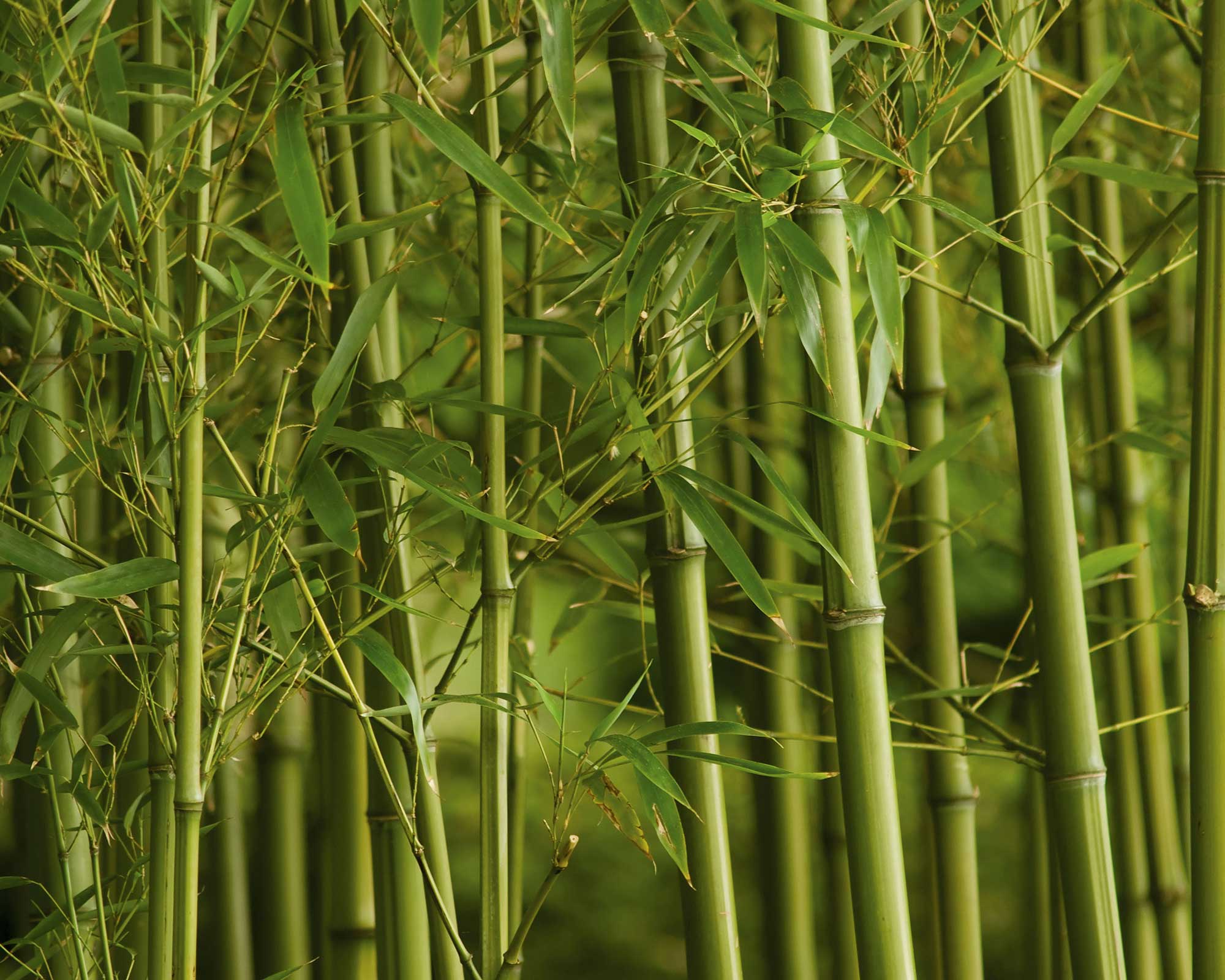
There are some natural approaches to try for getting rid of bamboo
5. Opt for a commercial weed killer
If all else fails, you may want to opt for an off-the-shelf product.
Generally, you will need to cut down the canes. Then, as the RHS says, you can either apply a glyphosate-based herbicide to young growth in late spring and early summer, or use a stump and root killer containing glyphosate straightaway. However, product applications vary, so it's important to always follow the instructions carefully on the label. Remember to take proper safety precautions, and avoid allowing it to come into contact with any other plants, too.
Be prepared to repeat the process as often as needed. As the RHS says, 'The larger the plant, the more difficult it will be to completely kill it, and it may take several applications of weed killer to succeed.'
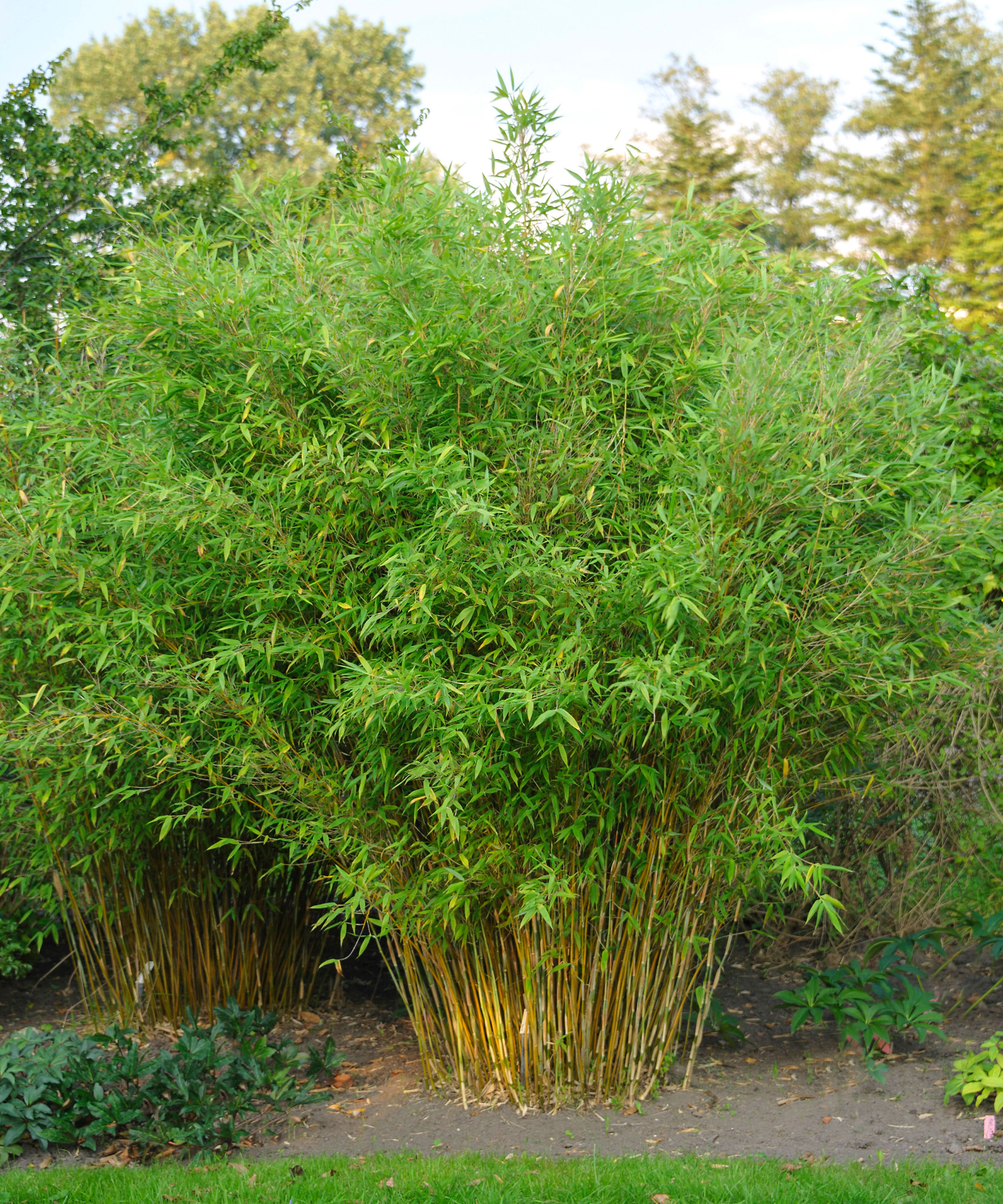
Weed killer can be used to tackle particularly tough invasions
How can you stop bamboo becoming invasive?
One of the best ways to avoid problems with bamboo spreading and ruining your carefully considered garden design ideas is to avoid planting the wrong types in the first place. Be sure to research whether your chosen variety is invasive before you put it in the ground, and if it is, opt for a slow-growing bamboo instead, such as the attractive Phyllostachys nigra.
YouGarden also suggests using physical barriers, such as their root control barrier system. This is a tough membrane that should be installed around your plants, and assists in the reduction of them getting out of hand.
Bamboo is also a lovely plant for adding height and a dose of lush greenery to container gardens. Just ensure you use a sturdy pot that can hold the roots reliably without splitting; ones made of metal or fiber stone are good choices.
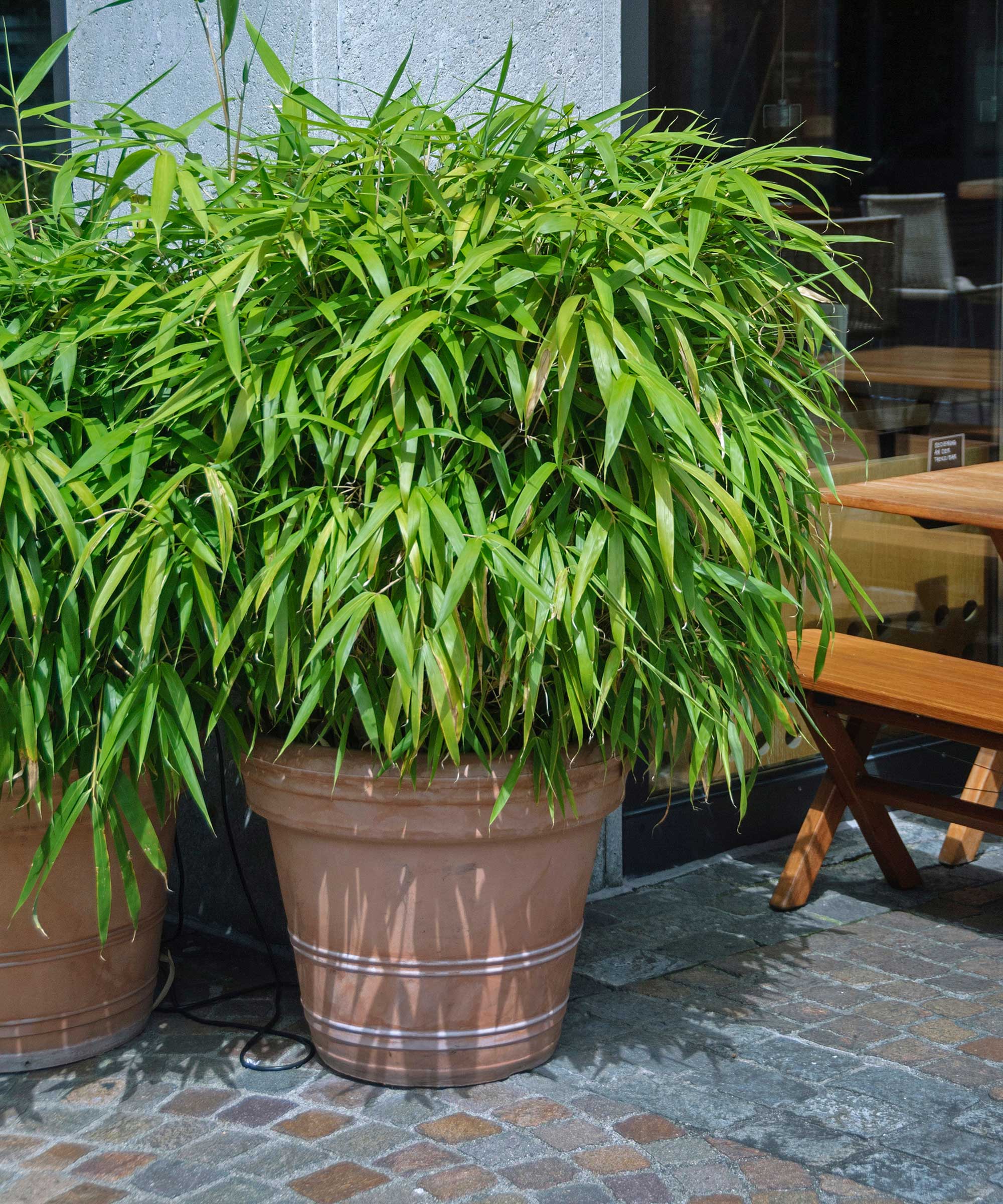
Growing bamboo in a pot is an easy way to update an outdoor seating space

The garden was always a big part of Holly's life growing up, as was the surrounding New Forest where she lived. Her appreciation for the great outdoors has only grown since then. She's been an allotment keeper, a professional gardener, and a botanical illustrator – plants are her passion.
